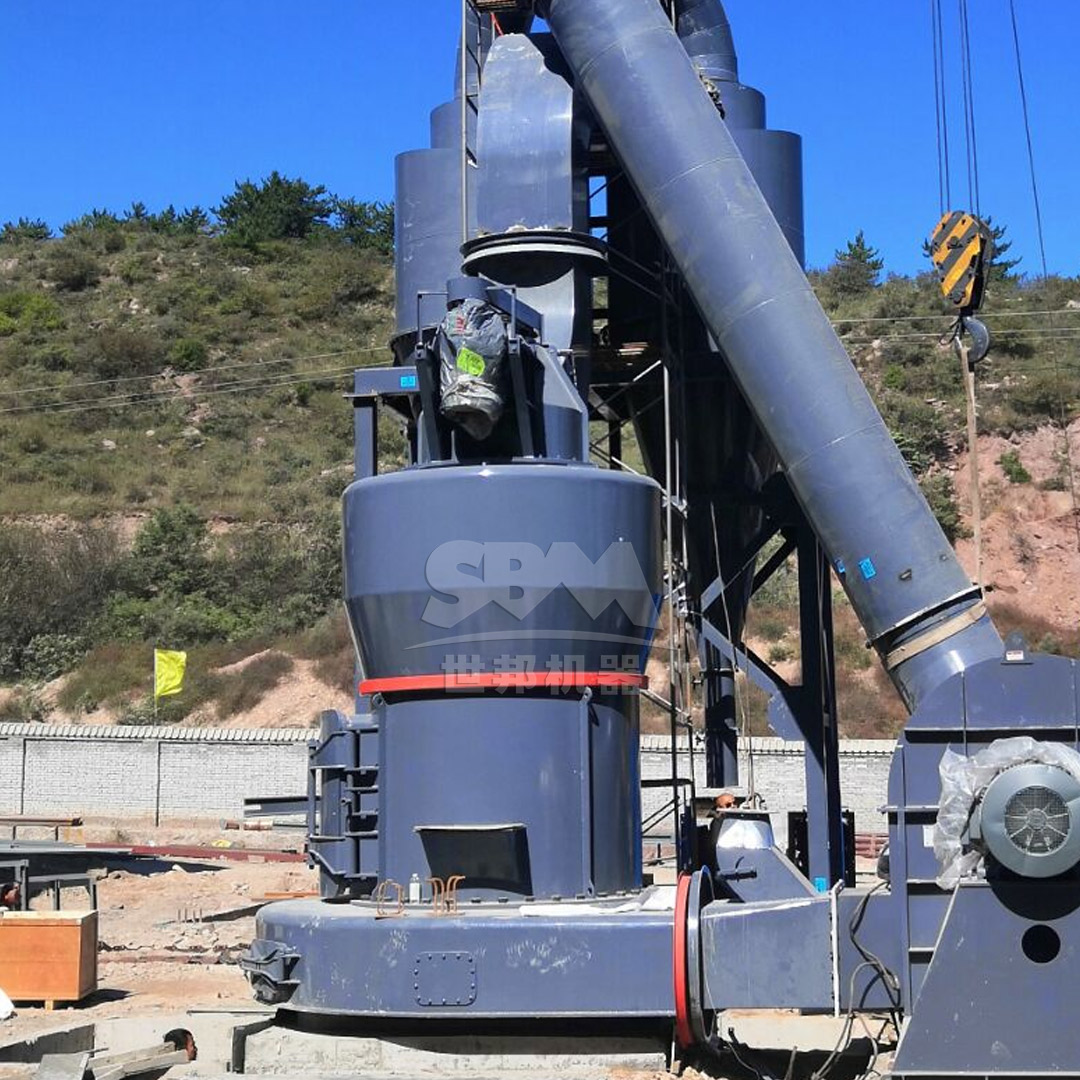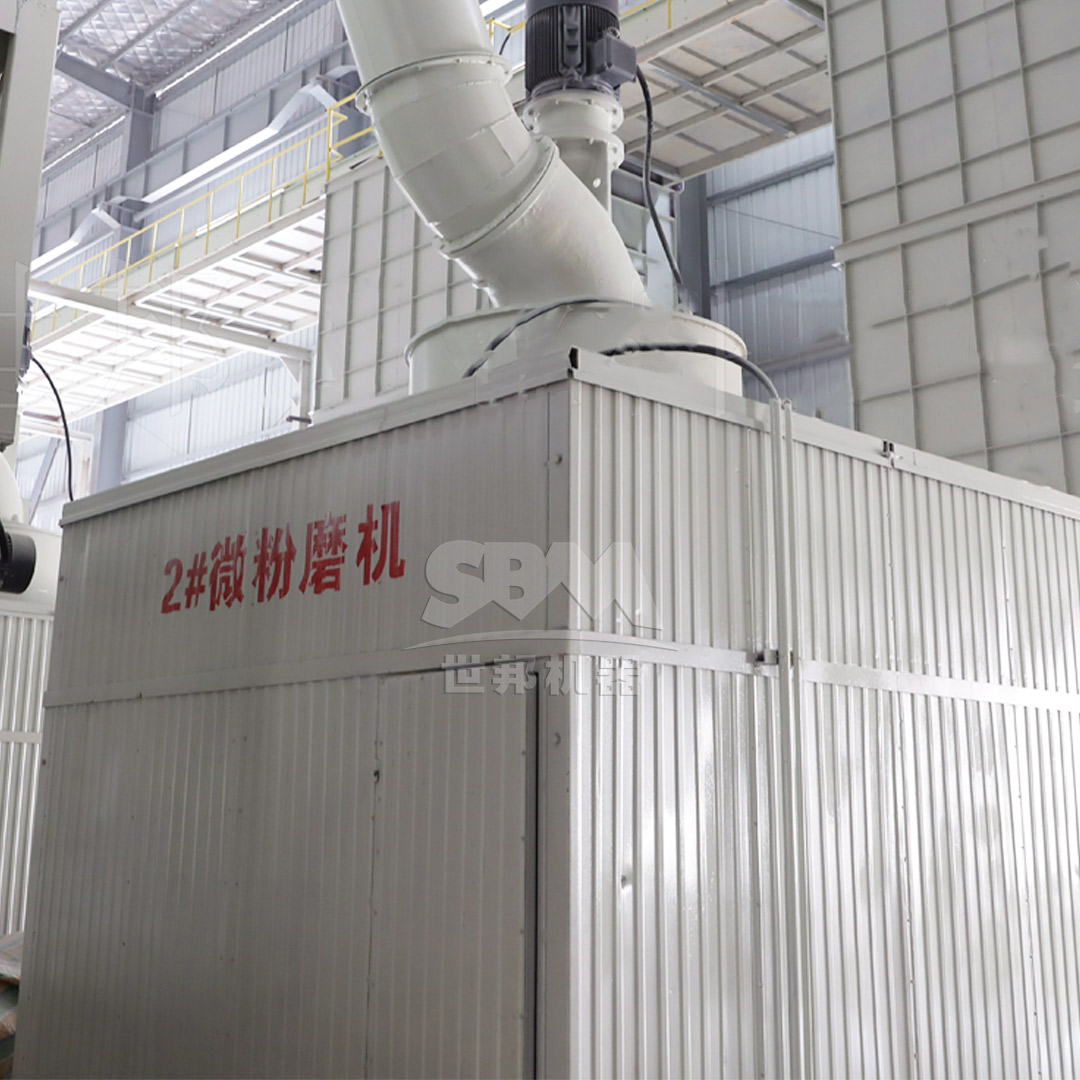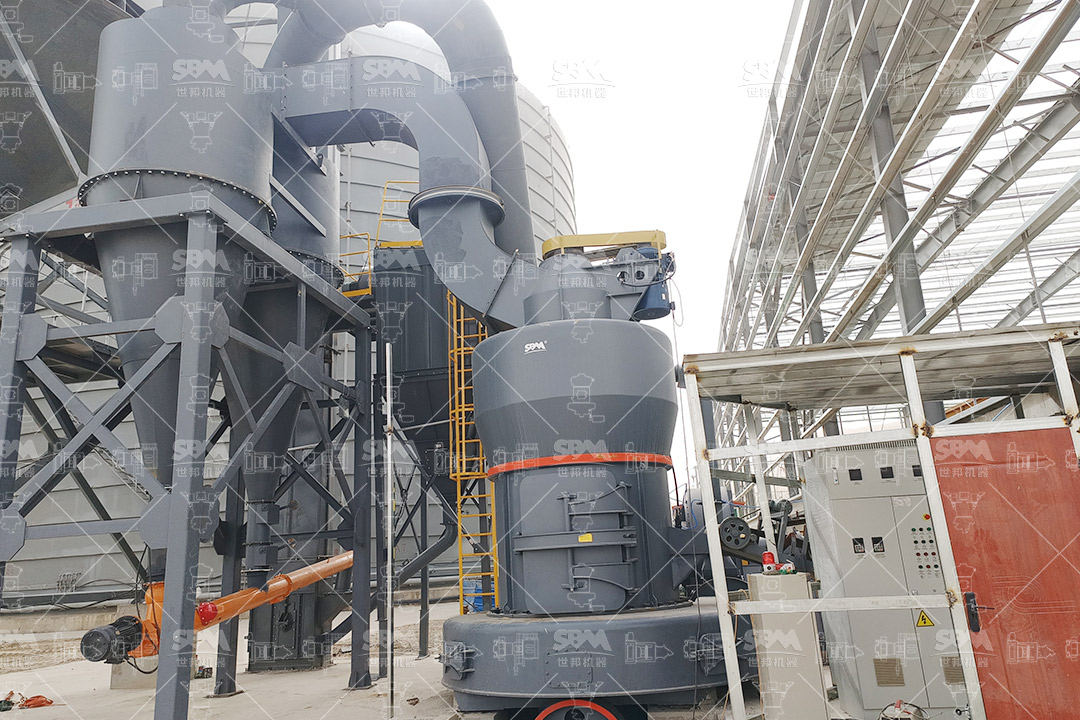Carbon black is a critical reinforcing filler in the rubber industry, significantly enhancing the mechanical properties, durability, and wear resistance of rubber products such as tires, hoses, belts, and seals. The quality of the final rubber compound is heavily dependent on the dispersion and particle size distribution of the carbon black within the rubber matrix. Achieving optimal dispersion requires the carbon black to be ground to a very fine and consistent powder. This is where advanced grinding technology becomes paramount. The choice of grinding mill directly impacts production efficiency, energy consumption, and, most importantly, the quality of the end product.

In rubber production, the primary goal of incorporating carbon black is to improve tensile strength, abrasion resistance, and overall product longevity. The effectiveness of this reinforcement is a direct function of the surface area and structure of the carbon black particles. Finer particles have a larger surface area, which allows for greater interaction with the rubber polymer chains.
However, simply having fine particles is not enough. A narrow particle size distribution is crucial to prevent the presence of oversized agglomerates. These agglomerates can act as stress concentrators, leading to premature failure of the rubber product. Furthermore, inefficient grinding processes can be energy-intensive and generate excessive heat, potentially degrading the carbon black or the rubber compound during mixing. Therefore, a grinding mill for carbon black must deliver:
For applications demanding the highest levels of fineness and quality, such as high-grade synthetic rubber for premium tires, the SCM Ultrafine Mill is an exceptional choice. This mill is engineered specifically for producing superfine powders and excels in processing materials like carbon black to a level of fineness that significantly enhances rubber compound performance.
| Model | Processing Capacity (ton/h) | Main Motor Power (kW) | Output Fineness (mesh) |
|---|---|---|---|
| SCM800 | 0.5-4.5 | 75 | 325-2500 |
| SCM900 | 0.8-6.5 | 90 | |
| SCM1000 | 1.0-8.5 | 132 | |
| SCM1250 | 2.5-14 | 185 | |
| SCM1680 | 5.0-25 | 315 |

For rubber production facilities that require high throughput of slightly coarser carbon black grades or where cost-effectiveness for large volumes is a priority, the MTW Series Trapezium Mill presents an ideal solution. It offers a perfect balance of capacity, fineness, and operational economy.
The selection of the appropriate grinding mill is a strategic decision for any rubber manufacturer aiming to improve product quality and production efficiency. The fineness, particle distribution, and consistency of carbon black directly translate into the performance characteristics of the final rubber goods.
For ultra-fine, high-quality applications, the SCM Ultrafine Mill stands out with its ability to produce 5μm powders efficiently and reliably. For high-capacity production needs where a balance of fineness and throughput is key, the MTW Series Trapezium Mill offers a robust and economical solution. Investing in the right grinding technology is not merely an equipment purchase; it is an investment in superior product quality, reduced operational costs, and a stronger competitive position in the rubber market.
